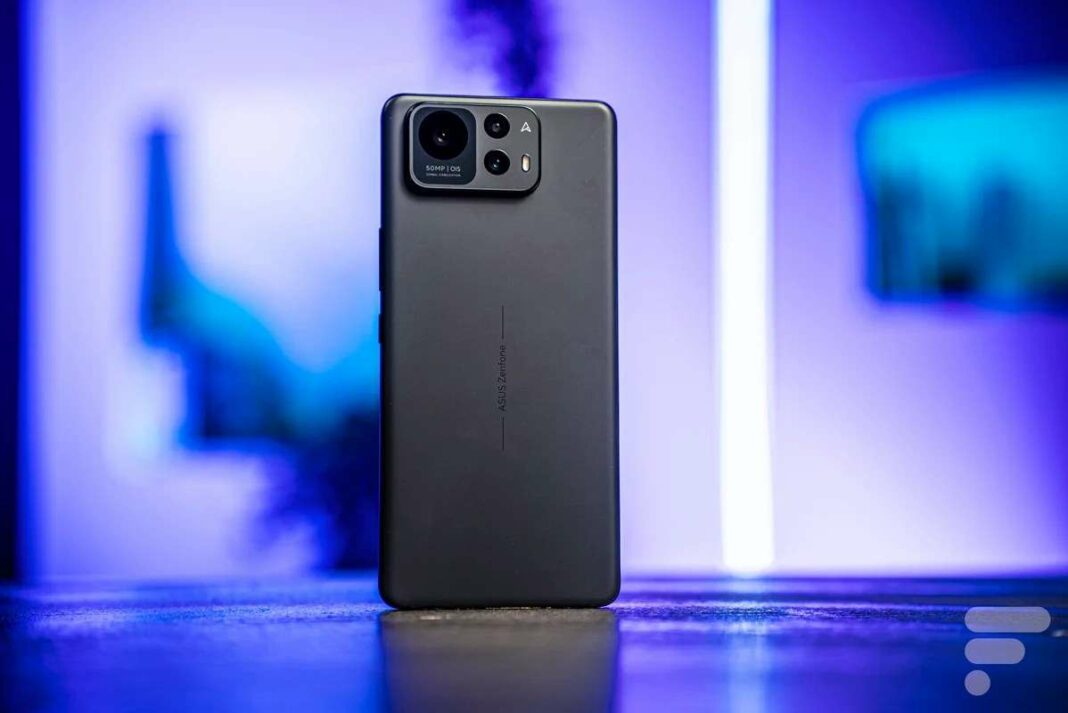Asus Zenfone 12 Ultra introduces a refined smartphone design, enhancing its photographic capabilities and AI features while maintaining a sleek, minimalist aesthetic. It features a 6.78-inch LTPO OLED display with impressive brightness and color accuracy. Powered by the Snapdragon 8 Elite SoC, it delivers exceptional performance, particularly in gaming. The device runs on Android 14 with improved AI functionalities, though software support is limited compared to competitors. Overall, it aims to appeal to tech enthusiasts seeking both style and functionality.
Asus Zenfone 12 Ultra: A Leap Forward in Smartphone Design
Asus has consistently strived to carve out a niche in the high-end smartphone market. The Zenfone 11 Ultra garnered praise from tech enthusiasts, although it fell short in the photography department, particularly in low-light situations. With the launch of the Zenfone 12 Ultra, the brand aims to blend its prowess in gaming and display technology into a device that boasts a more traditional aesthetic while enhancing its photographic capabilities and AI functionalities.
Design: Sleek and Minimalist
The Zenfone 12 Ultra veers away from the flamboyant aesthetics of the ROG Phone, presenting a minimalist design reminiscent of its predecessor, the Zenfone 11 Ultra. The device features an expansive 6.78-inch screen that covers 88.2% of the front surface, showcasing thin, balanced bezels for an immersive viewing experience. The central punch-hole camera at the top is a classic touch, maintaining focus on the display.
The back of the phone is crafted from elegant matte black plastic, with options for green and pink, offering a stylish look that resists fingerprints. While the geometric patterns present in the Zenfone 11 have been removed, the device still manages to maintain its charm, albeit with a more pronounced camera block housing three sensors and an LED flash. Fortunately, when laid flat, the phone remains stable, allowing for comfortable message typing.
Constructed with 100% aluminum edges and a Gorilla Glass Victus 2 screen, the build quality is top-notch, achieving an IP68 certification for water and dust resistance. At 163.8 x 77 x 8.9 mm and weighing 220 g, it fits comfortably in hand, though users with smaller hands may find it challenging to operate without two hands. The thoughtfully placed side buttons are easily accessible, though larger hands may require some adjustment to reach them comfortably. A dual SIM card slot, speaker, and USB port are located on the bottom edge, with the welcome addition of a headphone jack.
Display: Vibrant and Well-Engineered
The Zenfone 12 Ultra boasts a stunning 6.78-inch LTPO OLED display with a resolution of 2400 x 1080 pixels, yielding a pixel density of 388 ppi. The variable refresh rate ranges from 1 to 120 Hz, and can even reach 144 Hz for select gaming titles, ensuring a fluid experience for reading, viewing, and gaming.
During testing, the smartphone’s five display modes revealed that the Cinematic mode provided the most impressive rendering. Using advanced calibration tools, we found a Delta E of 1.74, significantly lower than the reference value of 3, indicating exceptional color accuracy. The color temperature measured at 6481 K, close to the ideal 6500 K, confirms the display’s capability to produce true-to-life colors.
Furthermore, brightness levels are impressive, reaching 1708 nits in SDR and 2292 nits in HDR, making it perfectly usable in bright outdoor settings without compromising visibility. The color space coverage is also noteworthy, with 153% of sRGB, 103% of DCI-P3, and 70% of BT.2020, ensuring a rich and nuanced color experience.
Software: Streamlined and Enhanced AI Features
The Zenfone 12 Ultra runs on Android 14, closely resembling Stock Android but enhanced with a smart sidebar, customizable gestures, and the option to hide the punch hole. Users can duplicate applications to manage two accounts seamlessly. Although customization options are present, they may not be the most extensive available.
AI functionalities have seen significant improvements, with features like AI Translator, AI Transcribe, and AI Document Summary processed locally on the device. However, some functionalities still rely on cloud access, such as AI Call Translator for real-time text and voice translations across various applications. The local processing for AI tasks is remarkably efficient, ensuring user privacy by keeping data on the device.
On the software support front, the Zenfone 12 Ultra offers just two years of Android updates and six years of security updates, which falls short compared to competitors like Xiaomi, Samsung, and Google, who provide longer support durations. While Asus has a track record of extending support beyond expectations, this uncertainty may be a concern for users looking for longevity.
Performance: Powerhouse with Snapdragon 8 Elite
At the core of the Zenfone 12 Ultra lies the Qualcomm Snapdragon 8 Elite SoC, complemented by an Adreno 830 GPU, 16 GB of LPDDR5X RAM, and 512 GB of UFS 4.0 storage. This robust setup ensures top-tier performance across all benchmarks, providing a smooth user experience whether navigating through Android or utilizing various applications.
The device excels in gaming, delivering impressive performance across titles like Fortnite, with a consistently stable frame rate of 90 FPS even on high settings. The integration of AI benchmarks highlights the device’s offline capabilities, making it a formidable choice for gamers and everyday users alike.
